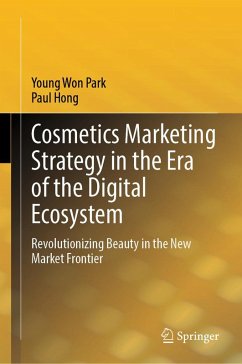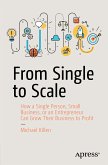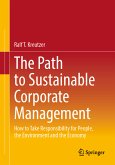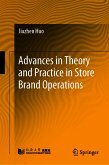This book explores how cosmetics firms have made the transition to technology-enabled beauty companies to meet changing customer demands. For this purpose, the contexts of cosmetics industry growth and digital marketing strategy in the post-pandemic world are presented here. The digital marketing strategies of Japanese and Korean firms are shown, along with new business models and future prospects in cosmetics industries. In the post-pandemic world, the growing middle class will set priorities for beauty-hygienic goals, nutritional choices, and healthcare development needs. The growth rates of Asian economies were slowed during the COVID-19 pandemic, yet their growth opportunities were not constrained. Diverse industries-the cosmetics industry in particular-have addressed the needs of these growing segments in Asia. In keeping up with the leading business trends, cosmetics firms also have leveraged big data and built their brand partnerships across industries, applying the Internet of Things (IoT) and artificial intelligence for their product and process development. The vast amounts of big data gathered through IoT devices are now being used to improve entire value chain operations, creating a digital thread through the global value chain. These data are increasingly used to create new services and develop a business model for global firms. As of 2021, four of the top ten global cosmetics firms are from the USA (Estée Lauder, Proctor & Gamble, Coty, and Johnson & Johnson), three are from Europe (L'Oréal, Unilever, and Beiersdorf), two from Japan (Shiseido and Kao), and one from Korea (Amore Pacific). The USA and European firms still maintain their competitive advantage in the cosmetics industry. Global cosmetics market share by region shows that North Asia is the largest (35%), followed by North America (26%) and Latin America (7%), Europe (22%), and Africa and other regions (10%). With the rapid increase of the middle class in the Asia region, more sales are expected there than anywhere else. In this dynamic market environment, a real challenge for the cosmetics industry is how to develop and put into practice its own unique business model.
Dieser Download kann aus rechtlichen Gründen nur mit Rechnungsadresse in A, B, BG, CY, CZ, D, DK, EW, E, FIN, F, GR, HR, H, IRL, I, LT, L, LR, M, NL, PL, P, R, S, SLO, SK ausgeliefert werden.









